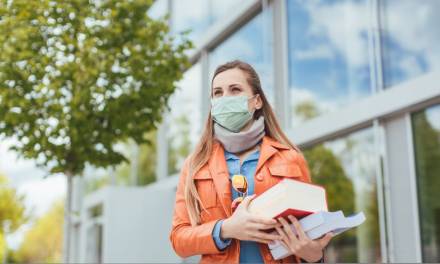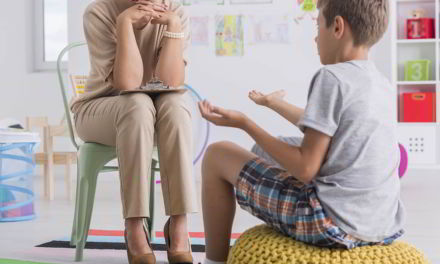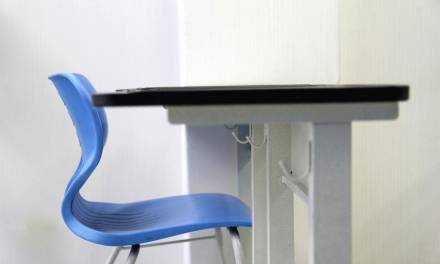The latest coronavirus guidelines provides tips for moving around the building safely.
Though mask wearing is only mandatory in local lockdown areas, a number of guidelines were implemented for keeping staff and students safe.
This blog post is all you need to know about bubble groups and moving around the building safely.
Coronavirus guidelines for schools
Ahead of the reopening, the UK Government stated:
Given the improved position, the balance of risk is now overwhelmingly in favour of children returning to school. For the vast majority of children, the benefits of being back in school far outweigh the very low risk from coronavirus (COVID-19).
However the return to school did not carry zero risk so guidance on moving around the school was issued:
Systems of control
The Government has issued the following guidance:
- Minimise contact with individuals who are unwell by ensuring that those who have coronavirus (COVID-19) symptoms, or who have someone in their household who does, do not attend school.
- Where recommended, use of face coverings in schools.
- Clean hands thoroughly more often than usual.
- Ensure good respiratory hygiene by promoting the ‘catch it, bin it, kill it’ approach.
- Introduce enhanced cleaning, including cleaning frequently touched surfaces often, using standard products such as detergents and bleach.
- Minimise contact between individuals and maintain social distancing wherever possible.
- Where necessary, wear appropriate personal protective equipment (PPE).
Minimising contact
For schools to operate safely, they will operate in bubble groups – this means contact with other pupils and staff is limited and these small groups can self-isolate if necessary and therefore protect other people.
The overarching principle to apply is reducing the number of contacts between children and staff. This can be achieved through keeping groups separate (in ‘bubbles’) and through maintaining the distance between individuals.
Measures within a classroom
Social distancing is also a key part of ensuring safety for students and staff:
Maintaining a distance between people whilst inside and reducing the amount of time they are in face to face contact lowers the risk of transmission. It is strong public health advice that staff in secondary schools maintain distance from their pupils, staying at the front of the class, and away from their colleagues where possible. Ideally, adults should maintain 2 metre distance from each other, and from children. We know that this is not always possible, particularly when working with younger children, but if adults can do this when circumstances allow that will help. In particular, they should avoid close face to face contact and minimise time spent within 1 metre of anyone. Similarly, it will not be possible when working with many pupils who have complex needs or who need close contact care. These pupils’ educational and care support should be provided as normal.
When staff or children cannot maintain distancing, particularly with younger children in primary schools, the risk can also be reduced by keeping pupils in the smaller, class-sized groups.
Schools should make small adaptations to the classroom to support distancing where possible. That should include seating pupils side by side and facing forwards, rather than face to face or side on, and might include moving unnecessary furniture out of classrooms to make more space.
Measures elsewhere to help staff moving around the building safely
Measures such as social distancing will also be in place elsewhere around the school. For other measures the Government states:
Groups should be kept apart, meaning that schools should avoid large gatherings such as assemblies or collective worship with more than one group.
When timetabling, groups should be kept apart and movement around the school site kept to a minimum. While passing briefly in the corridor or playground is low risk, schools should avoid creating busy corridors, entrances and exits. Schools should also consider staggered break times and lunch times (and time for cleaning surfaces in the dining hall between groups).
Schools should also plan how shared staff spaces are set up and used to help staff to distance from each other. Use of staff rooms should be minimised, although staff must still have a break of a reasonable length during the day.
It also provides advice for staggered start times to minimise congregation:
We know that travel to school patterns differ greatly between schools. If those patterns allow, schools should consider staggered starts or adjusting start and finish times to keep groups apart as they arrive and leave school. Staggered start and finish times should not reduce the amount of overall teaching time. A staggered start may, for example, include condensing/staggering free periods or break time but retaining the same amount of teaching time, or keeping the length of the day the same but starting and finishing later to avoid rush hour. Schools should consider how to communicate this to parents and remind them about the process that has been agreed for drop off and collection, including that gathering at the school gates and otherwise coming onto the site without an appointment is not allowed.
For further guidance click here.
How EDClass can help
EDClass can help protect the safety of students and staff by protecting students in your bubbles and allowing other students to participate in remote learning and earn an attendance mark.
We provide a wide range of teaching material from live and recorded lessons, presentations/visuals, tasks, tests and quizzes. A tailored learning platform means you can plan lessons specific to improving your student’s weaknesses.
A sophisticated tracking system means you ca monitor student progress.
Find out more by clicking here or by calling 01909 568338.
Sign up for a free demonstration here.









